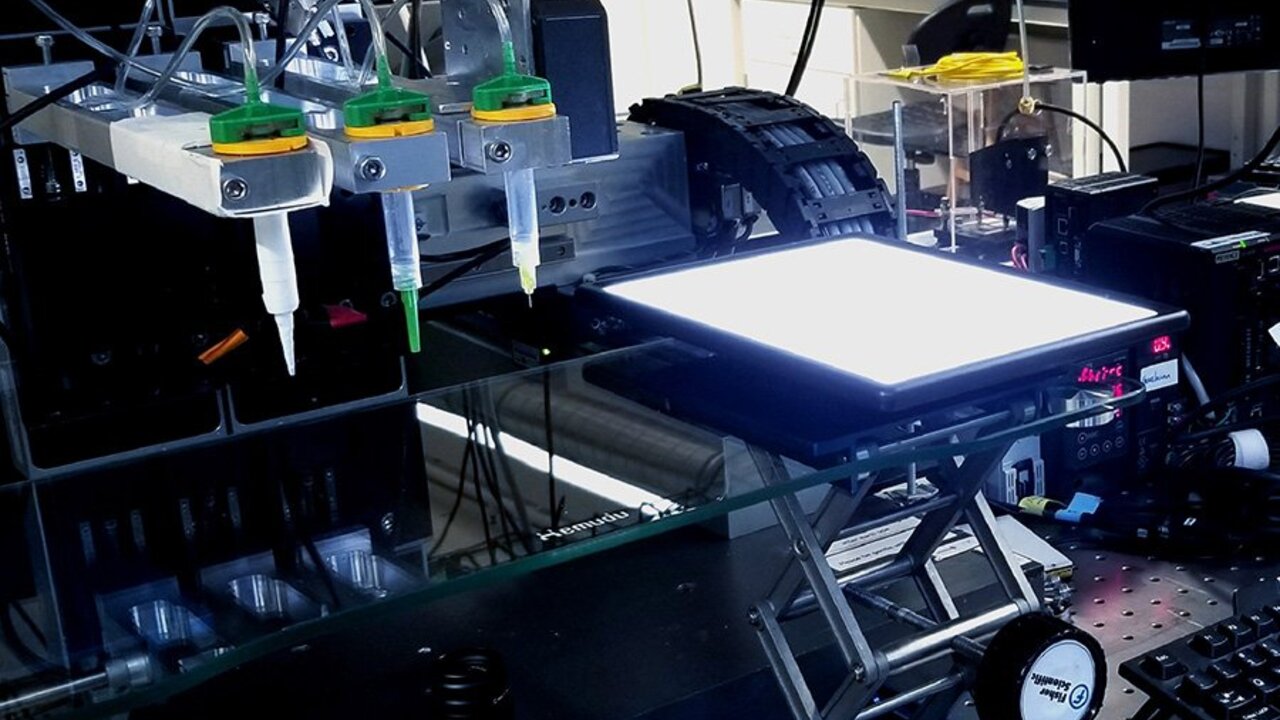This first-of-its-kind technology can identify, collect and accurately locate both stationary and moving organisms using real-time visual and spatial data.
The study, published in the journal Advanced Science, describes a system that can perform tasks that have traditionally been performed manually, often requiring extensive training and prone to failure. An adaptive 3D printer mimics human capabilities: the machine vision system acts as the “eyes,” the printer itself acts as the “hands,” and the computer acts as the “brain,” allowing it to dynamically adapt to the organisms’ behavior.
According to scientists, this technology will be useful in the fields of bioimaging, cybernetics and cryopreservation.
Source: Ferra
I am a professional journalist and content creator with extensive experience writing for news websites. I currently work as an author at Gadget Onus, where I specialize in covering hot news topics. My written pieces have been published on some of the biggest media outlets around the world, including The Guardian and BBC News.











